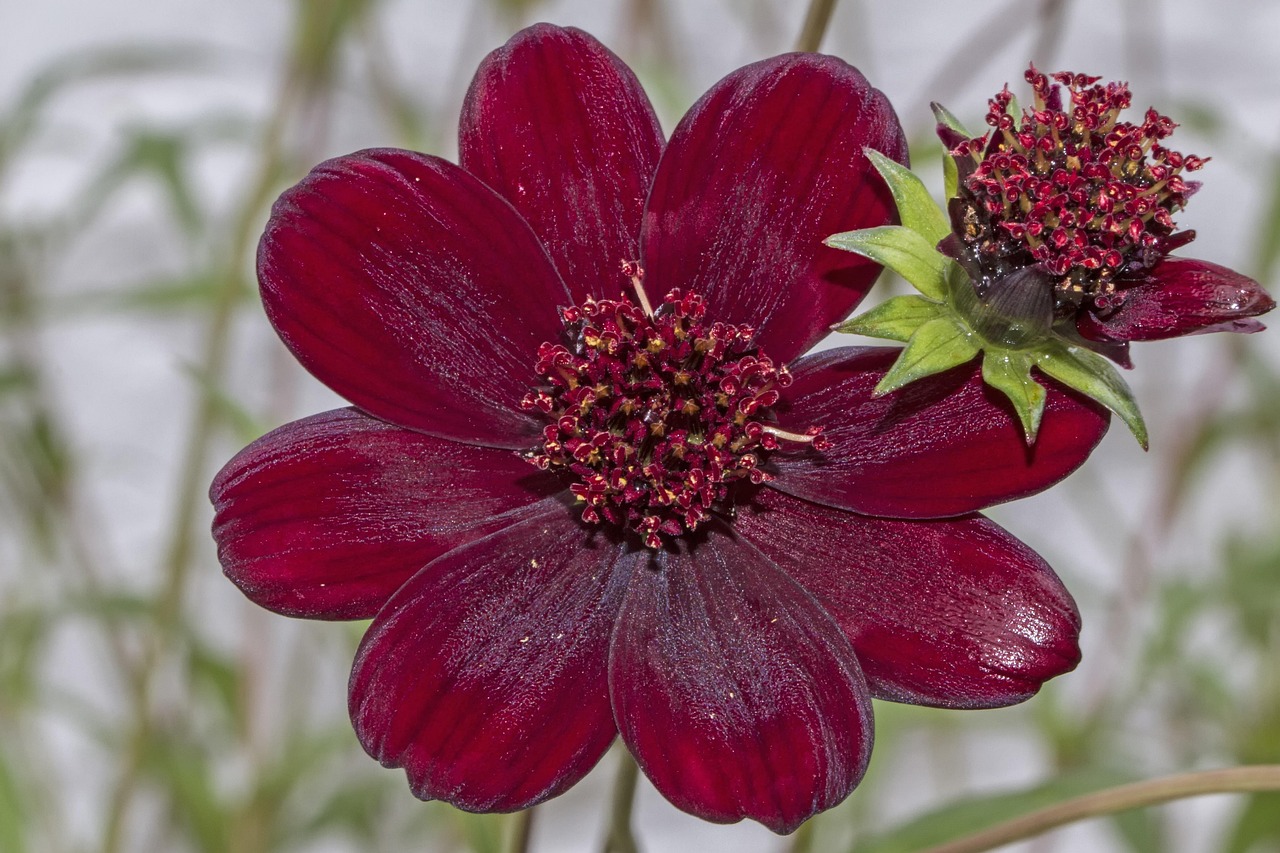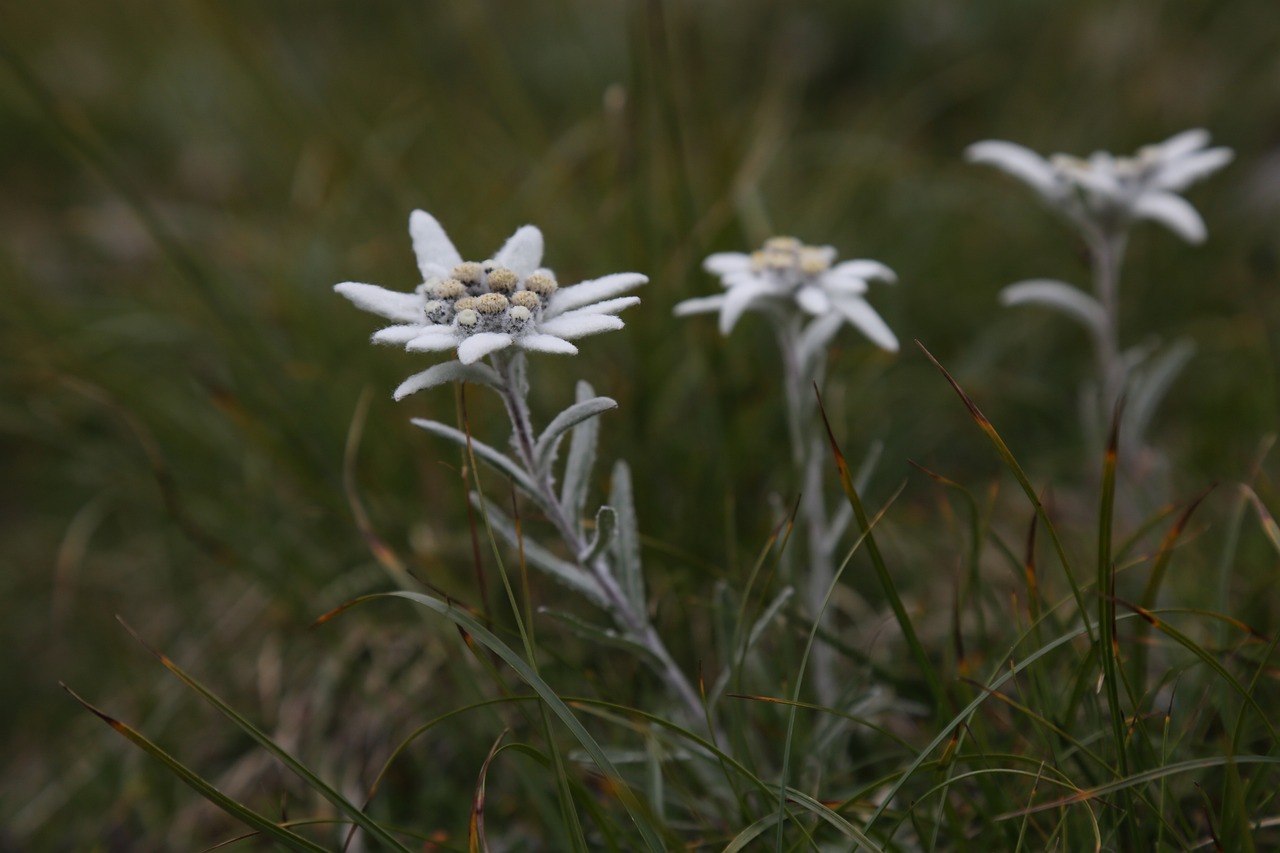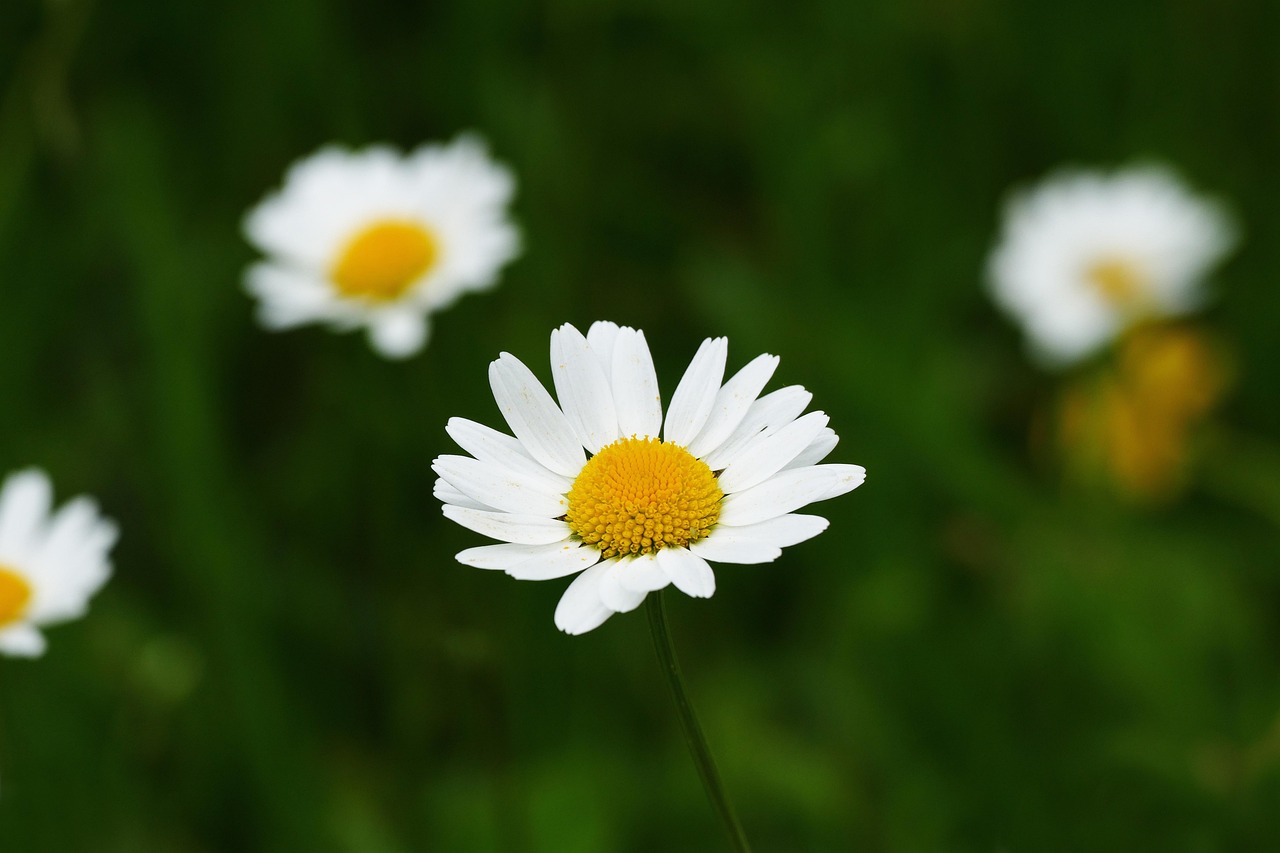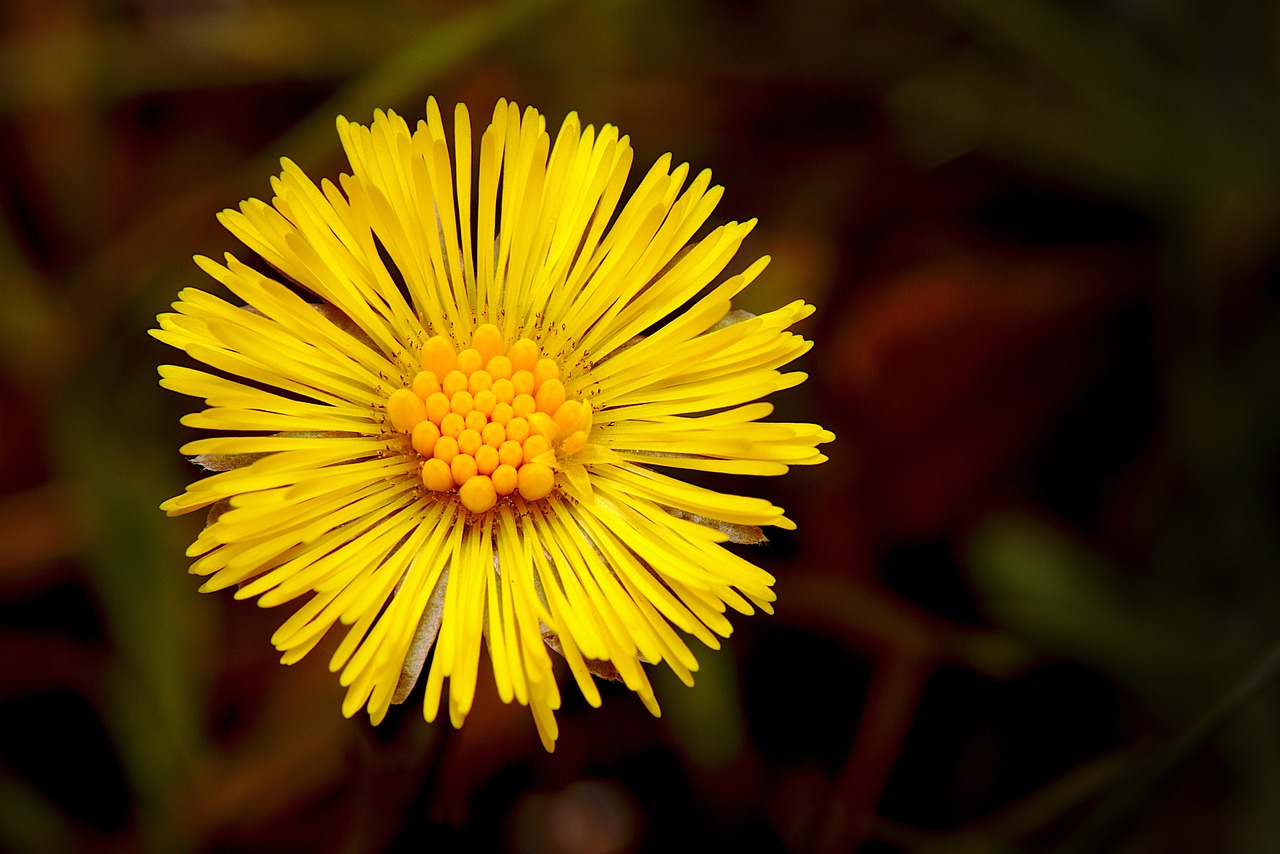Aster | A Flower Derived from the Ancient Greek Word for “Star”
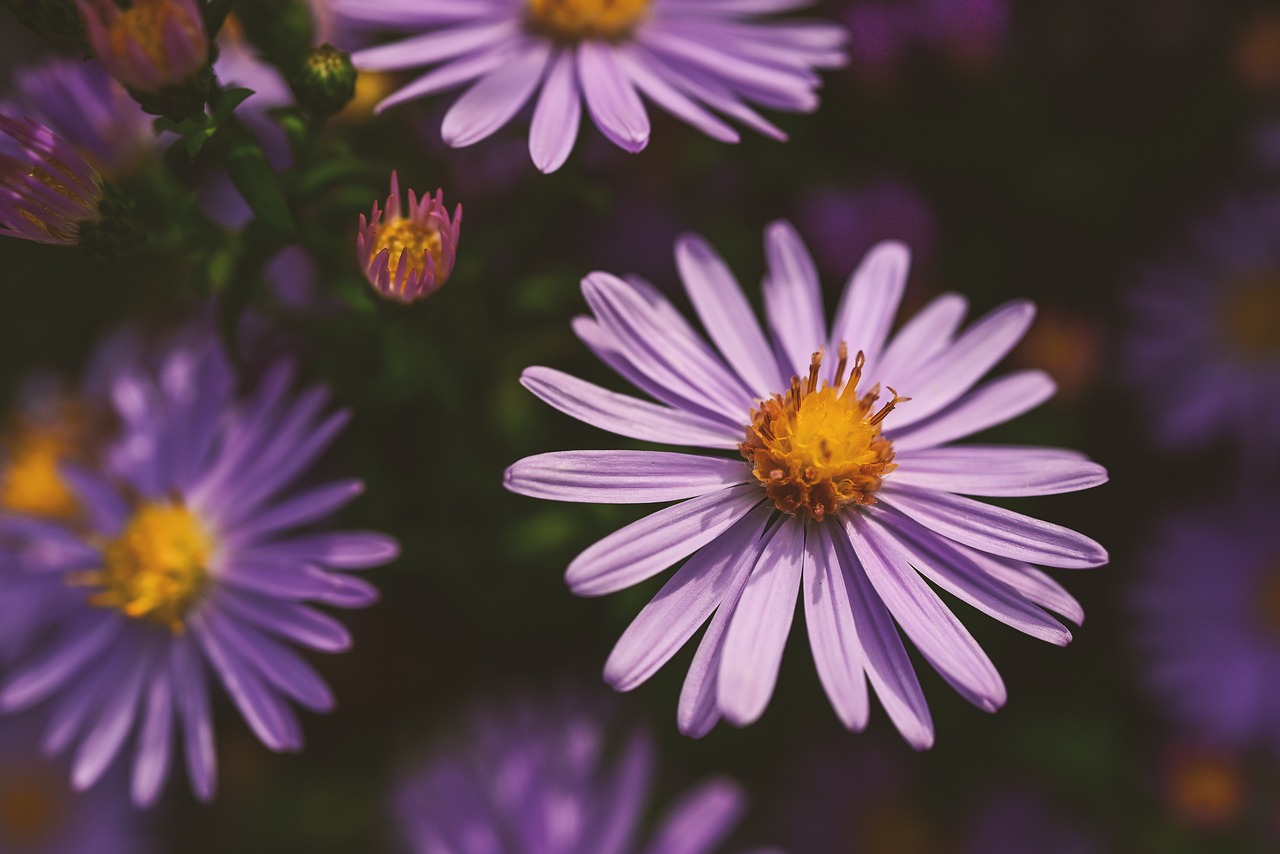
The aster is a plant characterized by its star-shaped flowers and is one of the representative flowers that brighten autumn gardens. It has long been cherished not only in Europe but also around the world, with a wide variety of horticultural cultivars.
In this article, I will provide detailed information about the aster’s basic characteristics, its cultural and historical background, and tips for cultivation.
Basic Information
- Scientific name: Aster spp.
- Family: Asteraceae
- Origin: Europe, Asia, North America
- Appearance: Star-shaped flowers with slender petals spreading radially. Colors include purple, pink, white, and blue.
- Blooming season: From late summer to autumn, lasting for a long time in cool climates.
Cultural Significance Around the World
The aster has been appreciated as a symbolic flower in many countries.
In Europe, it has long been known as the “star flower,” with its name derived from the Greek word ἀστήρ (aster), meaning “star.”
In France, the aster is considered a symbol of farewell and remembrance. It is often planted in cemeteries, representing affection and cherished memories.
In North America, the aster is regarded as a representative flower of autumn landscapes, and it was once even nominated as a candidate for the national flower of the United States.
In the United Kingdom, the aster symbolizes “mysterious beauty” and “hope.” During the Victorian era, it was widely used in gardens and bouquets.
In China, the aster is associated with longevity and happiness. It is often displayed during the Lunar New Year and other festive occasions.
Historical Background
The aster has been cherished since ancient Greece.
In Greek mythology, it was said to have originated from the tears of the goddess Astraea and was regarded as a mystical flower connected with the stars.
In the Greco-Roman period, asters were used in temple decorations and religious ceremonies.
In the 18th century, European botanists recorded many cultivars, and horticultural cultivation became popular.
In the 19th century, asters spread to America, where their cold resistance made them popular in home gardens and parks.
In Germany, they were often depicted in poetry and paintings, symbolizing autumn scenery.
Gardening Advice
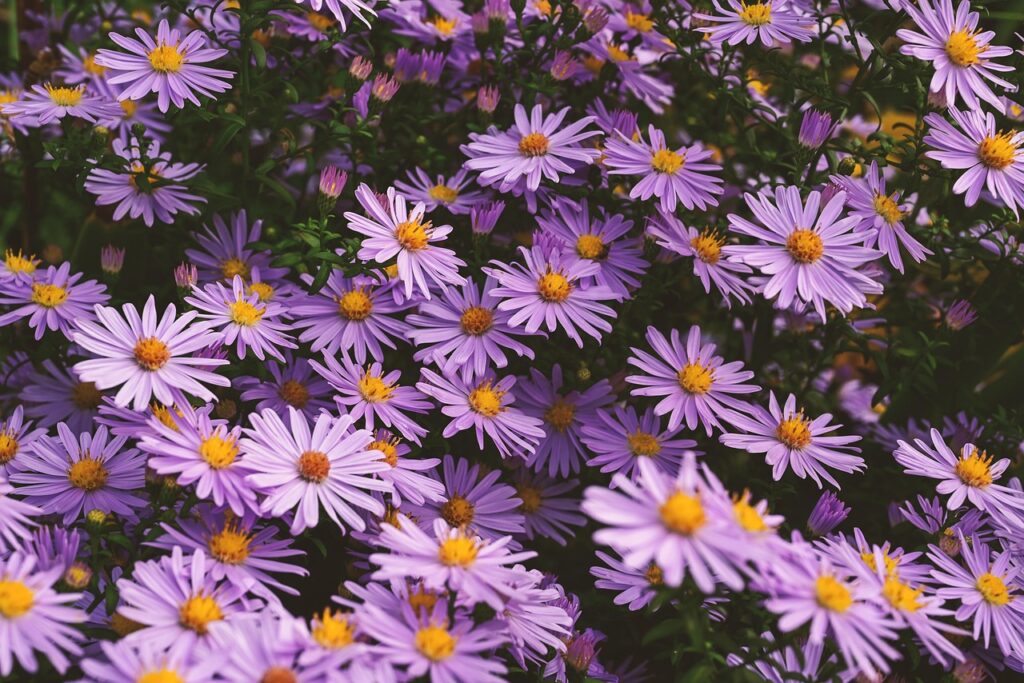
To grow asters beautifully, proper care and environment are essential.
Sunlight
Prefers full sun but also grows in partial shade. Good air circulation helps prevent pests and diseases.
Watering
Water generously when the soil surface dries. Ensure good drainage to prevent root rot.
Soil
Fertile, well-drained soil is ideal. Mixing in compost or humus enriches the soil.
Fertilizer
Apply slow-release fertilizer once or twice a month during the growing season. Before flowering, use fertilizer containing phosphorus to promote blooming.
Pruning
Deadhead regularly to encourage continuous flowering. After the blooming season, cutting back the plant helps stimulate growth for the following year.
Cold resistance
Many varieties are hardy enough to overwinter, though frost protection is recommended in colder regions.
Conclusion
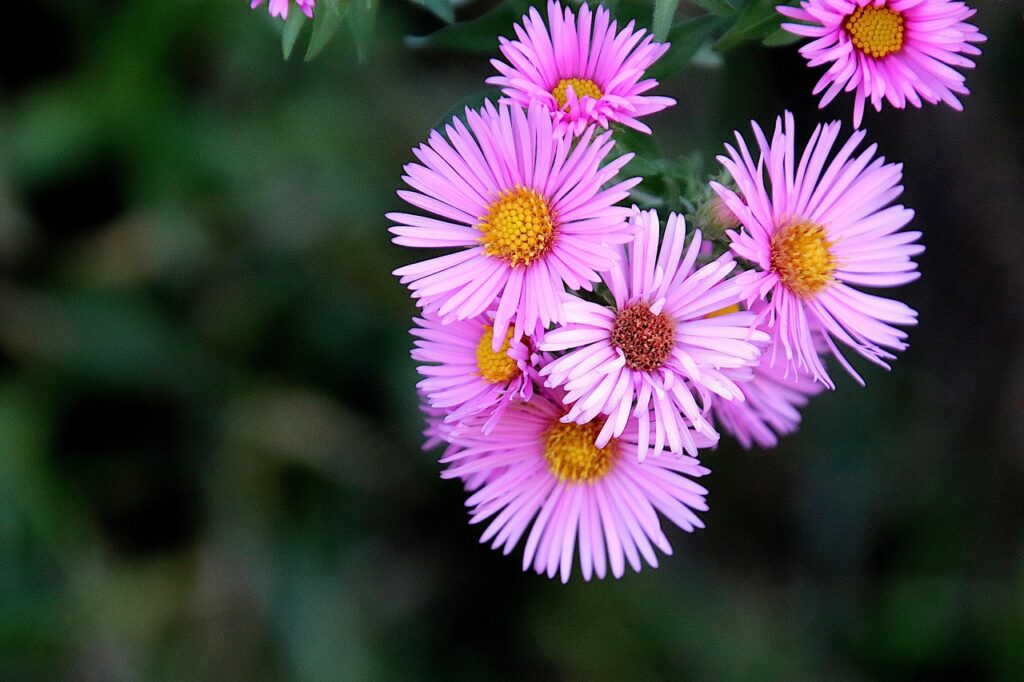
The aster, often called the “star flower” because of its shape, has been loved since antiquity. It appears in Greek mythology, symbolizes affection and remembrance in Europe, and represents the beauty of autumn landscapes in North America.
Since the 18th century, horticultural breeding has expanded the range of colors and shapes available, making asters a versatile garden favorite. With proper soil and care, one can enjoy their brilliant blossoms year after year, especially as a highlight of autumn gardens.


